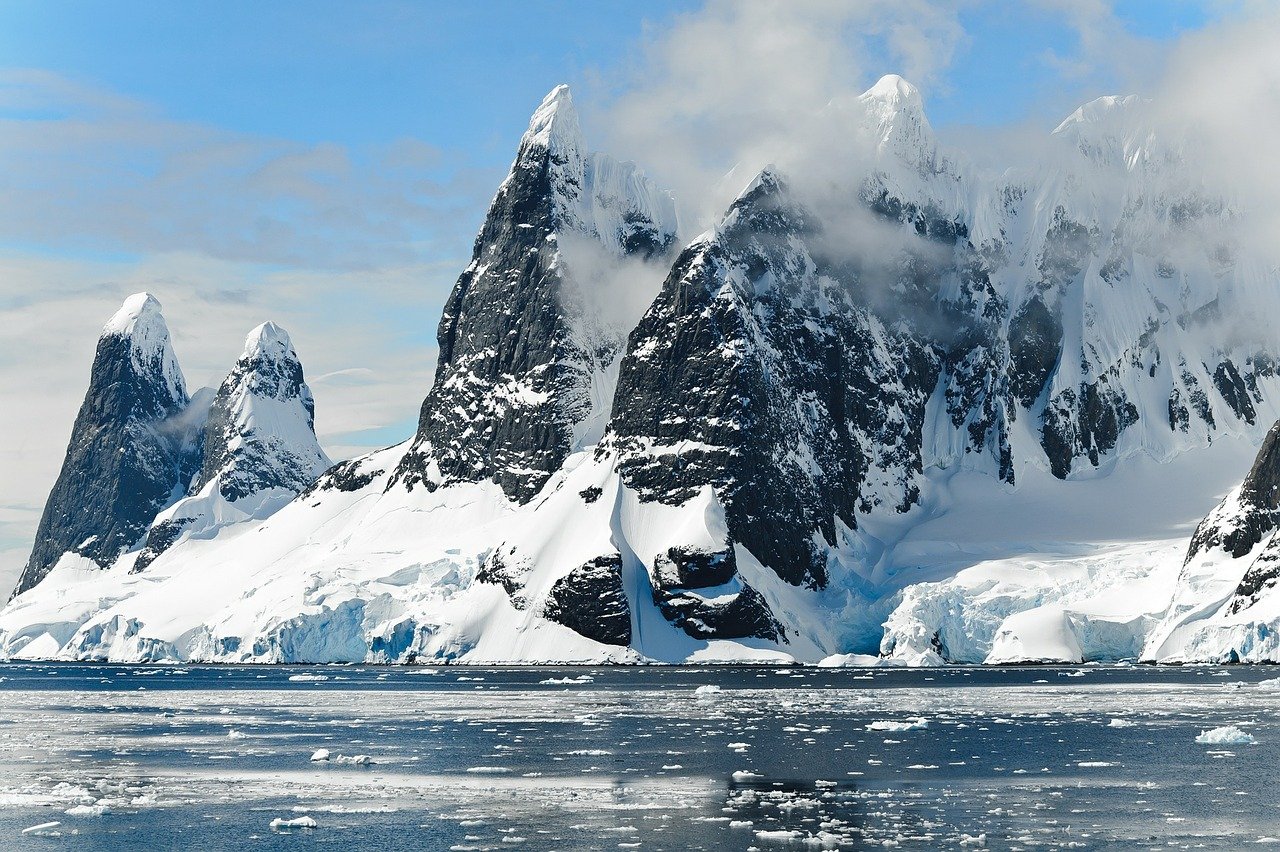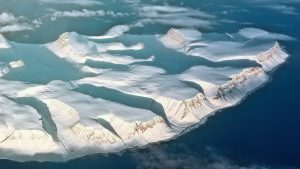
All About Glaciers – Everything You Need to Know

Glaciers are one of the Earth’s most abundant and mysterious landscapes. Their defining characteristics – size, shape and movement – vary from region to region. But despite their variety, they all have one thing in common: they all move!
Glaciers are massive bodies of ice that are present on every continent except Antarctica. They are formed when snow accumulates on the ground for a long period of time and then undergo a process of compaction and melting.
Once formed, glaciers flow slowly down mountains, scraping rocks and scrubbing hillsides clean. As a glacier flows, it picks up rocks, dirt and other particles along the way and deposits them in front of itself. This is known as avulsing and it is a common sight in alpine areas where glaciers are located.
What is a Glacier?
A glacier is a large body of ice that has accumulated on land. They are formed when snow accumulates on the ground and undergoes a process of compaction and melting. Glaciers flow slowly down mountains, picking up rocks, dirt and other particles along the way and depositing them in front of themselves.
Types of Glacier
There are two types of glaciers:
- The fast-moving or ice-shelf glaciers that sit between the mountain and the ocean. These glaciers have been observed to move at speeds of up to 16 feet per day.
- The slow-moving or valley glaciers that flow down the sides of mountains and into river valleys below. Glacier speed fluctuates, but they often move at a pace of less than one foot per day.
Differences Between Glaciers and Snowdrifts
If you were to walk through a forest on a windy day, you would notice that the trees are bending over. This is due to the force of the wind.
Glaciers and snowdrifts are two very different things. Glaciers are formed when snow accumulates and thaws out in a natural way. Snowdrifts form when there is no accumulation of snow, but rather loose snowflakes fall onto the ground and stick together without melting or compacting.
Glaciers move much more slowly than snow does because they have so much more weight – an average glacier can weigh up to 80 billion tons!
Snowdrifts, on the other hand, move quickly as small flakes adhere together into larger, cohesive piles of snow. The reason for this difference in movement between glaciers and snowdrifts is that glaciers have a lot more mass than small pieces of ice do – so they keep moving forward despite their size!
How do Glaciers Form?
To understand how glaciers form, we must first know how they move. Glaciers behave like flowing water in that they move downhill and scrape rocks clean as they go.
The movement of glaciers is known as longitudinal flow. Longitudinal flow is driven by the fact that gravity always acts in the same direction, so anything with mass will fall down a hill at the same rate of acceleration regardless of its initial speed.
What produces moveable glaciers?
Glaciers are “moveable” because they are formed from snow, ice and rocks. As a glacier flows, it picks up rocks, dirt and other particles along the way and deposits them in front of itself. This is known as avulsing and it is a common sight in alpine areas where glaciers are located.
A moveable glacier is capable of flowing downslope and picking up rocks, dirt or sediment that get stuck to its surface. This type of glacier will continue flowing until it reaches a point at which the friction with the surrounding rock becomes too great for it to move any further. At this point, the glacier will have reached its equilibrium position – that is, maximum slope at which ice can slide without breaking apart.
The movement of a glacier can be caused by earthquakes or even changes in the size or shape of the underlying land mass on which it sits: an example of this is the Teton Glacier in Wyoming.
The Importance of Glaciers
Glaciers are one of the Earth’s most abundant and mysterious landscapes. When glaciers move, they change the shape of the Earth, sculpting valleys and leaving behind strange rock formations. They also provide fresh water – an important resource for humans and other animals.
The importance of glaciers can vary depending on a number of factors including their size and location. In general, though, glaciers play an integral role in shaping the landscape around them.
The impact of Glaciers
Glaciers are important because they provide a stable source of freshwater for communities in their path. In addition, glaciers move rocks and other particles that have then been deposited in front of them and help create new landforms. Glaciers also play a valuable role in shaping the Earth’s climate. They slow the energy from sunlight down as they flow and this helps regulate the planet’s temperature.
Glaciers also impact human life through tourism. Many people visit alpine areas to experience glaciers on site and learn more about them firsthand. The beauty that these massive bodies of ice create is often referred to as “the majesty of glaciers” which is one reason why so many people come to see them for themselves!
Where are glaciers located?
Glaciers are found in high-altitude areas on every continent except Antarctica. They are located in the mountains, usually near valleys or riverbeds.
Glaciers tend to form within mountain ranges and around the edges of large plains. These areas provide natural barriers that glaciers can slowly flow against as they move downhill. The most famous glacier is the Columbia Glacier in Washington State, which was studied extensively by geologist John Tyndall.
There are 13 different types of glaciers in North America, each with its own unique characteristics. Some examples include icefields and cirques glaciers. Icefields glaciers exist at higher elevations than cirques glaciers and often have a deeper basin or cirque. In contrast, cirques glaciers generally don’t extend as far down into a valley as icefields do and instead form on the side of a mountain where it meets the valley floor.
The melting process
Glaciers are formed when snow accumulates on the ground for a long period of time. This snow is then compacted and turned into ice by a process known as glaciation. Glaciers move very slowly down mountains, scraping rocks and scrubbing hillsides clean.
When ice in glaciers melts, it creates glacial lakes. These glacial lakes often become stagnant due to the lack of outlets or because they are blocked off by debris deposited by the glacier like rocks and dirt. Once this happens, these glacial lakes often turn into an impassable mixture of water and mud known as moraines.
Final Words
Glaciers are massive bodies of ice that are present on every continent except Antarctica. They are formed when snow accumulates on the ground for a long period of time and then undergo a process of compaction and melting. Glaciers are used to generate hydroelectric power, to provide water for large cities, and as tourist attractions. They can be categorized based on their physical features like size, shape, movement, and deposits.

Leave a Reply